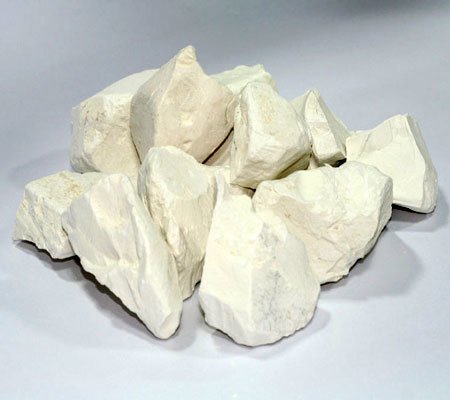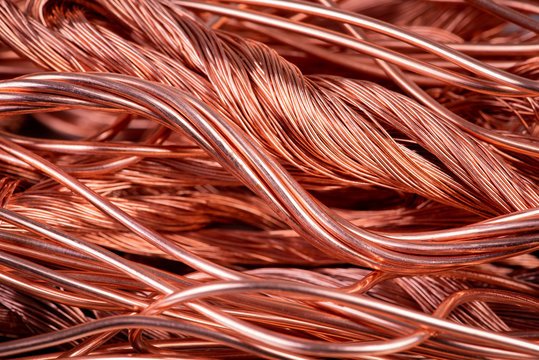Our Products
IT'S TIME TO START YOUR BUSINESS
We are having variety of products. SOIE VIA INTERNATIONAL always believe to provide good quality of Mineral products to his customers Here you can see large scale of product.
1. Fly Ash

2. Silica Sand

3. China Clay

4. Magnize Ore

5. Bentonite Powder

6. White Silica Sand

7. Copper Scrap (Millberry 99.9% Purity)

Copper scrap Grade A, also known as “Millberry” is the highest quality of copper scrap, prized for its 99.9% purity, cleanliness, and excellent conductivity. It consists of unalloyed, uncoated, and uninsulated copper wire or pipe that is free from contaminants like paint, tarnish, or corrosion. This bright and shiny copper scrap is highly sought after in industries such as electronics, electrical, and manufacturing, where high conductivity and reliability are essential.
Grade A copper scrap is an eco-friendly material, promoting recycling and resource conservation by reducing the need for new copper mining. Its consistent quality and purity allow it to be melted down and reused efficiently, saving both energy and environmental resources. Due to its value and versatility, Grade A copper scrap is a preferred choice for companies aiming for sustainable production without compromising quality.